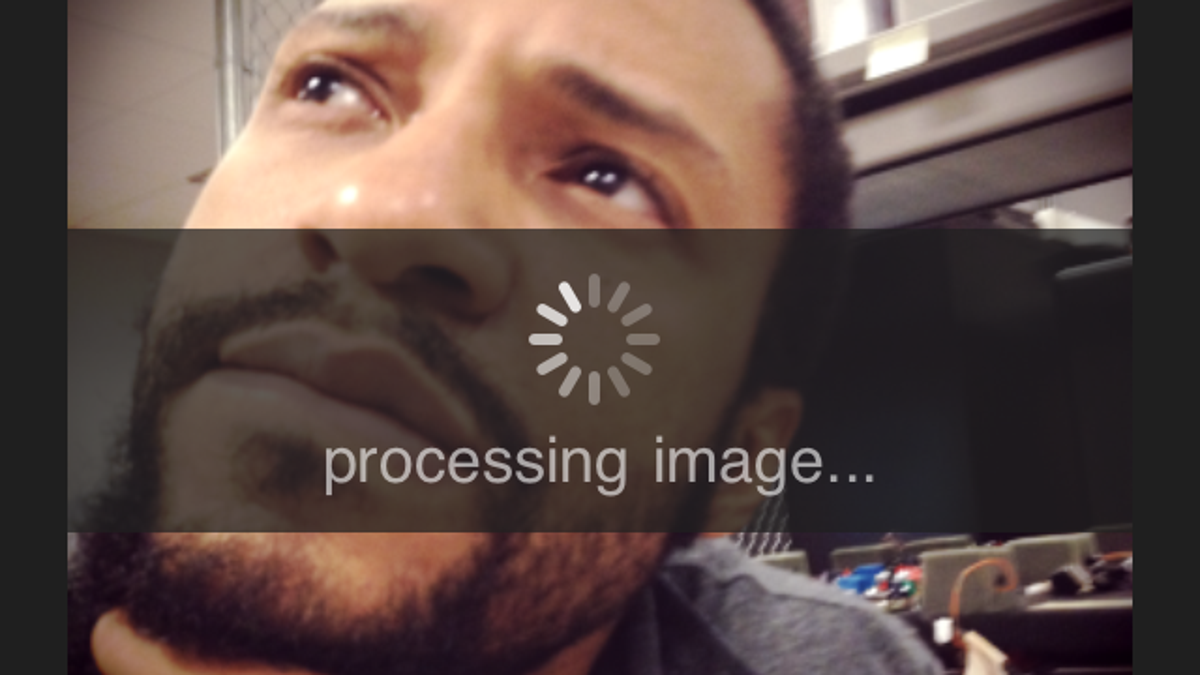iPhone 4S vs. 4: Does the 'S' stand for speed?
We take the iPhone 4S through a litany of tests to see just what that "S" stands for.

The "S" in iPhone 4S can stand for anything you want it to, be it Siri or Steve or super. However, after finally spending some time with the iPhone 4S this week, I'm choosing to believe that the S does in fact stand for speed, but you probably already knew that, given the title of this piece.
The iPhone 4S' biggest performance advantage over its predecessor is the dual-core A5 CPU inside, replacing the iPhone 4's single-core A4 chip. When I upgraded from my iPhone 3G to the 4 last year, the speed difference between the two phones was obvious and welcome. This year, I'm not eligible for a subsidized iPhone 4S through AT&T, so I won't be getting one.
Discovering that bit of bad news immediately made the 4S less appealing to me as my mind--doing its best attempt at damage control--scrambled for good excuses as to why I wouldn't want one anyway. Chief among them being, "Well, it's probably not that much faster."
Unfortunately, my job requires that I run performance tests on devices from time to time, so I'd soon be confronted with the realities of the phone's performance regardless of anything I'd chosen to believe.
Speed is important, for the simple fact that when my phone is faster, it takes less time to download, load, or use apps. Leaving more time for me to do other, more productive things, like upgrading my home media center and organizing my 2011 video game shopping list. You know, important things.
When deciding which tasks would best show the differences in speed between the two phones, we chose real-world, simple, and easily run actions. See the "How We Tested" section below for more on that.
That said, this is a snapshot of the performance of these two phones running iOS 5 at the time of this post. Your results--present or future--may vary.
| Test | iPhone 4S | iPhone 4 |
|---|---|---|
| Phone boot speed (in seconds) | 39 | 43 |
| Game load speed (in seconds) | 12 | 24 |
| CameraBag filter speed (in seconds) | 3 | 6 |
| App download speed (Wi-Fi, in minutes and seconds) | 7m43s | 10m28s |
How we tested
We performed each iteration of each test at least three times. We then took the three most consistent results from each test--as long as they were within 5 percent of each other--and determined their average. Also, each phone ran iOS 5.
Boot time
From a completely powered off state, we timed how long each phone took to boot, timing from the moment we pressed the lock button, until we saw the lock screen.
Game load speed
We used the game FlipShip to test app load speed since it has an annoyingly long load time. Well, at least it did on the iPhone 4. We began timing the moment we launched the app and stopped when the title screen finally popped up. As fast as it was, I'm sure the iPhone 4S' speed in loading this game will be disappointingly slow come next year.
CameraBag filter speed
We took a picture with each iPhone's default camera app, then used CameraBag to apply the helga filter to the pic. We then timed how long the filter takes to apply, timing from the moment we tapped the disk icon until the "saving image..." text disappears.
App download and installation speed
With each iPhone connected to a closed wireless network, we began downloading the game Infinity Blade--a 940MB file--from the App Store. We then timed how long the app took to download and install, timing from the moment we tapped "install" on the app page until the app was ready to launch.
So, what did we learn?
While I'm personally resigned to waiting for the iPhone 5, it's good to know that if I did find a loophole in AT&T's eligibility rules and qualified for a subsidized iPhone 4S, that, at least from a performance perspective, it would be worth it.

